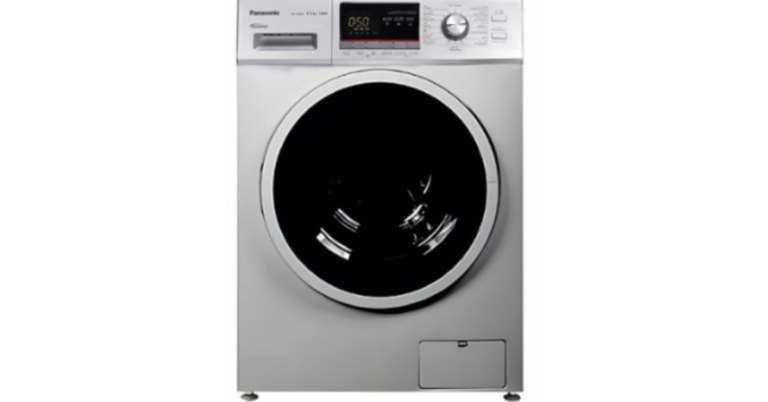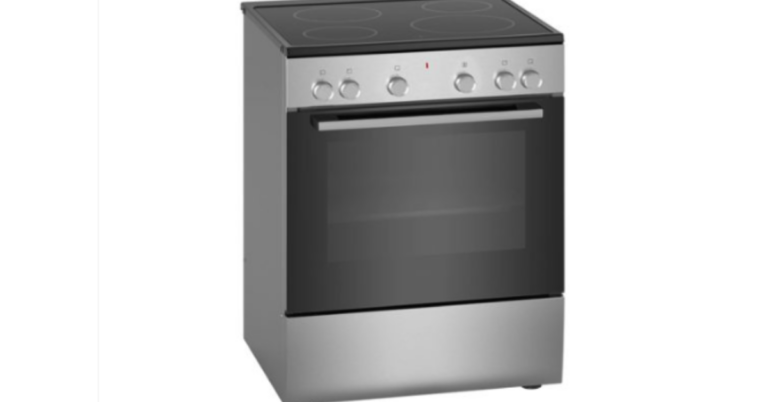The Ultimate Guide to Choosing a Marine Spot AC Unit for Your Vessel
When it comes to maintaining comfort and productivity aboard a vessel, whether it’s a commercial ship, private yacht, or cruise liner, ensuring proper temperature control is essential. A Marine Spot Ac Unit plays a critical role in this equation by offering targeted cooling in specific areas where standard HVAC systems might not be sufficient. These units have become a necessity in modern marine engineering, helping to ensure safety, equipment efficiency, and crew comfort.
Understanding Marine Spot AC Units
Marine Spot AC Units are specially designed air conditioning systems built to perform in the demanding marine environment. Unlike central cooling systems that distribute air across the entire ship, spot AC units are localized cooling solutions. They are typically used to cool specific workstations, control rooms, cabins, or machinery spaces that require direct and immediate cooling.
These systems are engineered to withstand harsh sea conditions, such as high humidity, salt corrosion, and fluctuating temperatures. They are compact, efficient, and versatile, making them ideal for ships where traditional HVAC installations may be impractical or too costly.
Key Benefits of a Marine Spot AC Unit
There are several compelling reasons why ship owners and marine engineers choose to install Marine Spot AC Units:
1. Targeted Cooling
Spot AC units provide immediate relief in high-heat zones. For example, areas near engine rooms, kitchens, or electrical panels often generate excessive heat. Installing a dedicated unit helps in maintaining optimal working conditions for personnel and prevents overheating of sensitive equipment.
2. Energy Efficiency
Because Marine Spot AC Units cool only designated areas, they consume significantly less power compared to full-ship HVAC systems. This energy-efficient operation reduces operational costs and supports the sustainable running of marine operations.
3. Easy Installation
Many of these units are designed to be plug-and-play, requiring minimal setup. Their compact size allows them to be installed in tight spaces without needing major structural changes to the vessel.
4. Low Maintenance
Given the harsh conditions of marine environments, spot AC units are built with durability in mind. With features such as corrosion-resistant exteriors and marine-grade components, they typically require less maintenance while delivering long-lasting performance.
Choosing the Right Marine Spot AC Unit
Selecting the best Marine Spot AC Unit for your vessel depends on several factors. Here are key considerations to keep in mind:
1. Cooling Capacity
Measured in BTUs (British Thermal Units), cooling capacity determines how much heat the unit can remove in an hour. Choose a unit that matches the specific size and heat load of the area you’re cooling.
2. Environmental Resistance
Look for units specifically designed for marine use, as they include features such as waterproof casing, anti-corrosion coatings, and vibration-resistant components.
3. Energy Consumption
Evaluate the unit’s energy efficiency ratio (EER). A higher EER indicates better energy efficiency, which can significantly lower fuel and generator costs on long voyages.
4. Portability and Mounting Options
Depending on your needs, you may opt for portable units that can be moved between locations or fixed units that are mounted in place. Some spot AC units come with caster wheels for flexibility.
5. Noise Level
In environments where low noise is critical—such as sleeping quarters or control rooms—it’s important to choose a unit with a quiet operation level.
Applications of Marine Spot AC Units
Marine Spot AC Units are used in a wide range of maritime settings:
-
Engine Rooms: To reduce the ambient temperature around machinery and electrical systems.
-
Bridge and Navigation Areas: Ensuring a comfortable environment for officers and electronics.
-
Accommodation Cabins: Providing personalized comfort for crew and passengers.
-
Workshops and Galley: Offering cool air where high-heat operations are frequent.
Their adaptability makes them suitable for both new builds and retrofits on older vessels, making them a valuable addition to any marine cooling strategy.
Maintenance Tips for Optimal Performance
To get the best out of your Marine Spot AC Unit, regular maintenance is essential. Here are a few tips:
-
Clean the Filters Regularly: Dust and salt particles can clog filters, reducing airflow and efficiency.
-
Inspect Coils and Fins: Salt-laden air can cause corrosion. Cleaning and checking for signs of wear help in extending the unit’s lifespan.
-
Check Electrical Components: Ensure all wiring and switches are in good condition, especially before long journeys.
-
Monitor Refrigerant Levels: Low refrigerant can impact cooling performance and may signal a leak that needs to be addressed.
Why Marine Spot AC Units Are a Smart Investment
Investing in a Marine Spot AC Unit is not just about comfort; it’s a matter of safety and efficiency. High temperatures can impair machinery, stress electronic components, and lead to heat exhaustion among crew members. By incorporating spot cooling into your vessel’s design, you mitigate these risks while improving the operational capacity of your crew.
Moreover, spot AC units are scalable and flexible. You can start with one unit and add more as the need arises without disrupting the ship’s existing infrastructure. This modularity is particularly useful in dynamic operations like commercial fishing, cargo transport, and passenger cruises.
Industry Trends and Innovations
The marine HVAC industry continues to evolve, with newer models of Marine Spot AC Units offering enhanced features like:
-
Smart Controls: Allowing temperature control via smartphone or integrated vessel systems.
-
Eco-Friendly Refrigerants: Reducing the environmental impact of cooling systems.
-
Variable Speed Compressors: Providing better energy efficiency and quieter operation.
These advancements not only improve the user experience but also align with international regulations on marine emissions and energy efficiency.
Final Thoughts
Whether you’re operating a cargo ship, a cruise liner, or a naval vessel, installing a Marine Spot AC Unit can significantly enhance onboard conditions. These systems offer targeted, efficient, and reliable cooling solutions designed specifically for the demanding conditions of the sea. By selecting the right unit and following proper maintenance procedures, you ensure a cooler, safer, and more productive environment for everyone aboard.
As marine technology continues to develop, we can expect Marine Spot AC Units to become even more indispensable, bridging the gap between comfort and functionality in the high seas.



